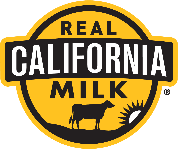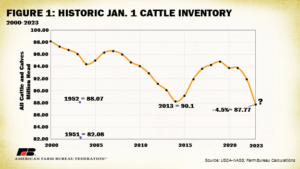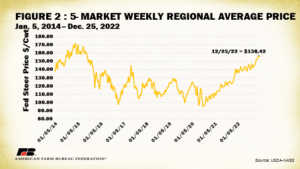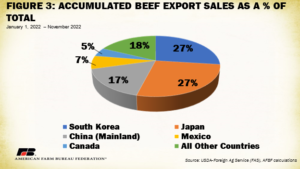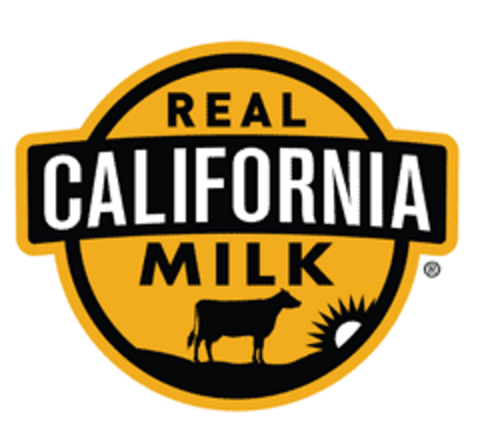SUSTAINABLE CALIFORNIA DAIRY SPOTLIGHT AT 2024 REAL CALIFORNIA MILK NATIONAL RESTAURANT ASSOCIATION BOOTH
Courtesy of the California Milk Advisory Board
The California Milk Advisory Board (CMAB) will spotlight a variety of innovative and sustainably sourced dairy products at the 2024 National Restaurant Association show in Chicago, Ill. May 18-21, 2024. As an exhibitor at the show, an event bringing together more than 55,000 foodservice professionals from 107 different countries and representing over 900 product categories, CMAB will connect with industry professionals while sharing why sourcing California dairy is a winning strategy for foodservice operators.
CMAB will highlight an assortment of dairy applications through sampling including cheese, lassi, yogurt, kefir, ice cream, a variety of desserts, whey-based spirits and more. California dairy processors in attendance will include Angelo & Franco, Bellwether Farms, dosa by Dosa, Double Rainbow, Lifeway Foods/Glen Oaks Farms, Marin French Cheese Co., Petit Pot, Point Reyes Farmstead Cheese Co., Super Store Industries, Sweet Craft, and Wheyward Spirit. Attendees can visit the CMAB booth #10002 to learn more about products made with sustainability sourced milk from California dairy families.
“The National Restaurant Association show is a fantastic opportunity for California dairy to reach new audiences within the hospitality and foodservice industries. California is a reliable, consistent source of sustainable dairy products used by chefs and enjoyed by consumers throughout the world,” said John Talbot, CEO of the CMAB. “As the nation’s largest dairy state, California boasts an impressive lineup of award-winning cheesemakers and dairy processors, that are helping to drive dining innovation.”
California is the nation’s leading milk producer, and makes more butter, ice cream and nonfat dry milk than any other state. California is the second-largest producer of cheese and yogurt. California milk and dairy foods can be identified by the Real California Milk seal, which certifies they are made with milk from the state’s dairy farm families.

